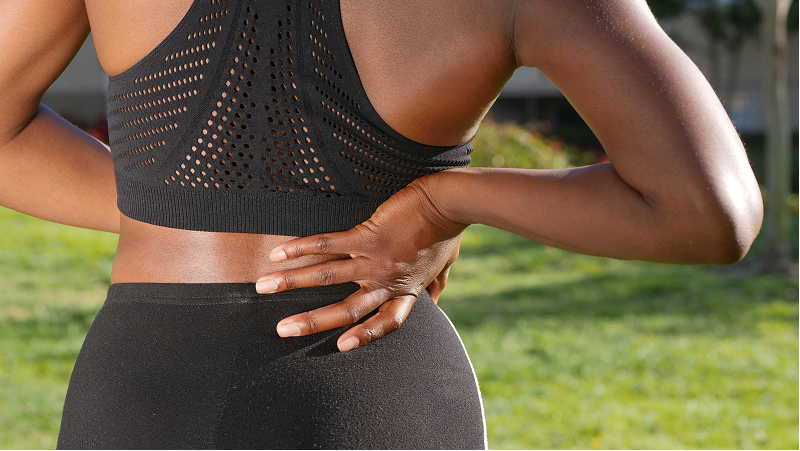Your back is a strong but flexible structure made to support your body and allow movement. It is made up of: Bones (Vertebrae), Discs: Soft, jelly-like cushions between the bones. These discs act like shock absorbers. It also Ligaments and Muscles to support the discs.

The hard-outer part of the Disc gets damaged and the soft inner part of the disc leaks out (this is like removing the cap and squeezing toothpaste). This is called a slipped or herniated disc and this presses on nearby nerves. This can cause pain to travel down the leg, a symptom called sciatica.
Natural aging, extra body weight, weak core muscles, poor posture (sitting, standing, sleeping, lifting objects in a wrong posture), doing exercises with wrong techniques – all these put pressure on the discs and cause damage.
Pain relief – by drugs as prescribed by doctor. However, remember tablets are only taken for pain relief. Certain drugs can be taken long term while others only short term, so always follow doctor’s prescription. If pain doesn’t settle, injections can be used – note injections are done to reduce pain.
Once the pain settles, it’s very important to do these to prevent back pain coming back.
1. Weight Control
2. Correct Posture


3. Activity Modifications
4. Household Care
Surgery is rare and only considered if:
See your doctor immediately if:
Most back pain improves with:
With the right steps, many patients can avoid surgery and keep their back strong and pain-free.

Contact us
© 2025 rheumatology
Design by PrideCC